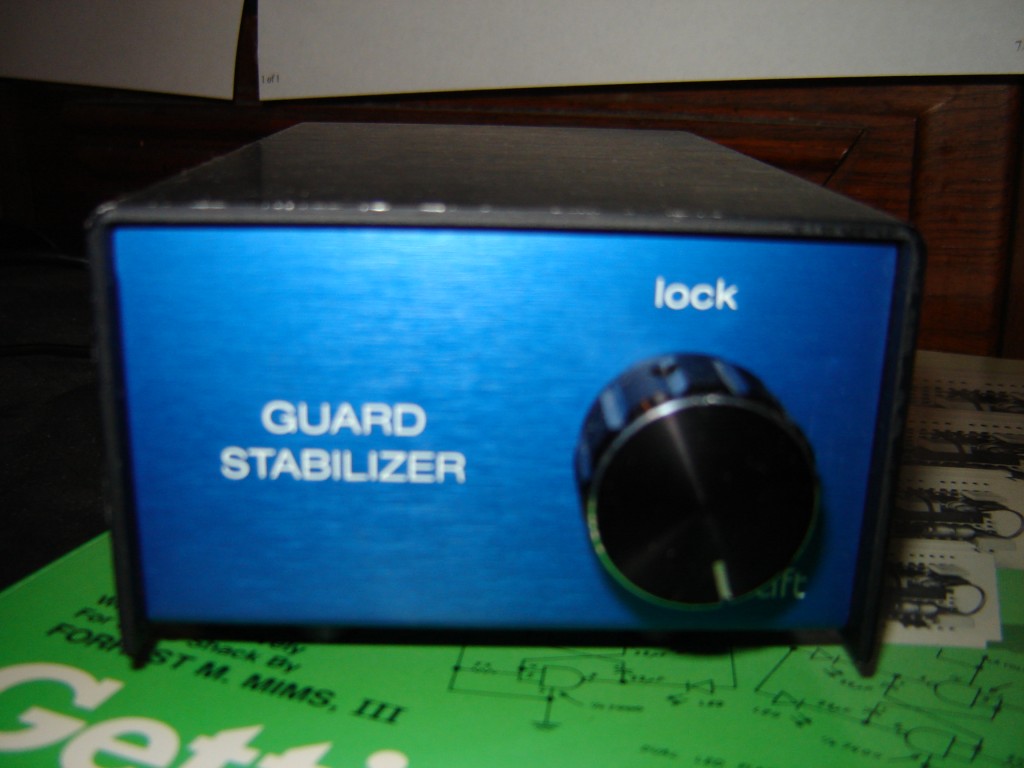Vidicraft Guard Stabilizer
This article was originally written for and published at TechTat on September 21st, 2011 It has been posted here for safe keeping.
If you were a movie fan in the 1980′s you probably had a VCR; whether it was ßetamax or VHS doesn’t matter too much for the purpose of this article. If you happened to live back in those days, you may be able to recall the prices of tapes were incredible. Prices were around $60 and even higher for the more “underground” titles. So video rental stores launched, allowing for people to check out tapes for low prices without making that $60 commitment.
So where am I going with this? If you have ever rented tapes, you might remember the occasional dud. Flickering picture, lines of static, and a ripped image come to mind. Back inn 1985, Vidicraft released the Video Guard Stabilizer. They were most likely not the first company to produce a video stabilizer, but they are one of the better-known of all those that have faded away over the years. The Video Guard Stabilizer sits between your VCR and television (or another VCR if you happen to be making a duplicate) and cleans up the video signal you see on the screen. Your tape may be mangled all sorts of ways, but the stabilizer strips down the video signal from the VCR and reassembles it clearly.

So the Stabilizer does in fact stabilize the video, but what is this guard nonsense? Back before it was called “copy protection,” many people would refer to their videos as being “guarded” when attempting to duplicate commercial tapes. Analog copy protection came around in 1984, and though not every commercial release from then on was copy protected, many of the more popular ones were. Now, if you have ever attempted to duplicate a copy protected tape, you might notice that it makes the picture brightness flash and change violently. This is because of a hidden signal stored on the tape in the same area closed captions are. When the signal is recorded, it causes the duplicating VCR to freak out because it changes the brightness of the picture randomly, and the VCR tries to compensate (which it can’t). Televisions don’t have this circuitry, which is why copy protected tapes play fine on them. Video stabilizers have a nice little side effect of blanking the fields that subtitles reside in when reworking the signal, which means the copy protection is also blanked out and eliminated.
Not only did you get a handy gizmo to make your worst tapes play like new but you also got something to make copies of any tape, protected or not. These days, you might think that video stabilizers are a thing of the past, but they do have useful applications. Want to make a DVD recording of a VHS tape that never made it to DVD commercially? A stabilizer will help you out. Maybe you have some family films you want to back up on to your computer? Some capture cards think that home tapes are copy protected because of their sometimes messy signal. A video stabilizer can be just what you need to complete the captures. I picked up mine a few months ago for $15, and it has been a great device for stubborn tapes that need transferring. If you have a stack of tapes kicking around your house that need to be brought into the 21st century, it’s well worth the investment.
